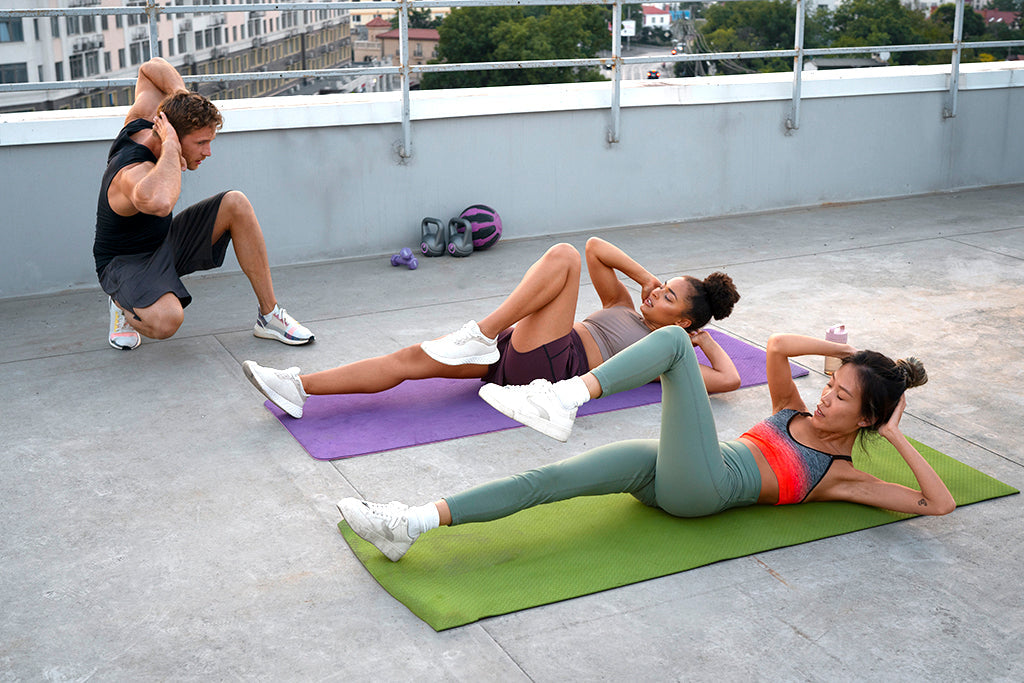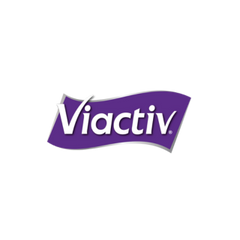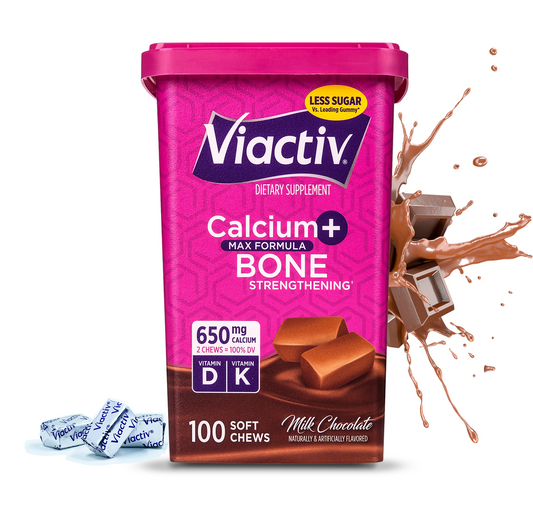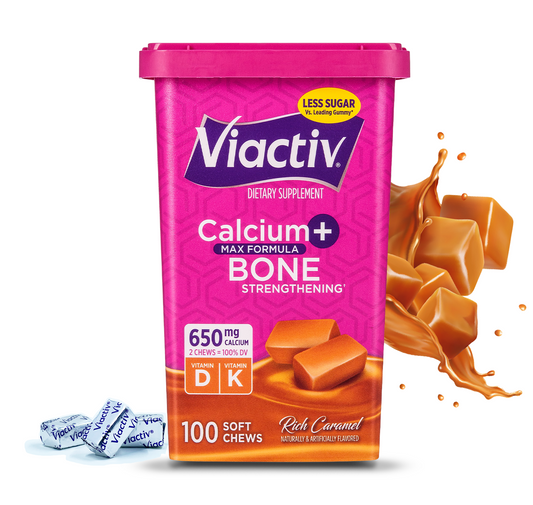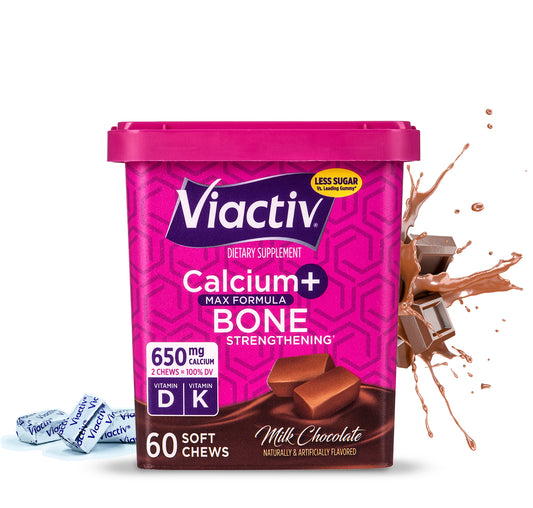For information purposes only. Talk to your healthcare provider before starting any new exercise program.

Walking or Jogging
- Why it helps: Weight-bearing cardio like brisk walking or jogging puts healthy stress on bones, especially in the hips, legs, and spine.
- How to do it: Aim for 30 minutes, 4–5 times a week.
Stair Climbing
- Why it helps: Going up stairs uses body weight resistance, improving bone density in the hips and legs.
- How to do it: Add stair climbs to your daily routine, take the stairs vs. the elevator, or use a stair stepper at the gym.
Resistance Training (Weights or Bands)
- Why it helps: Lifting weights or using resistance bands strengthens muscles and stimulates bone remodeling.
- How to do it: Focus on major muscle groups (legs, back, arms, core). Start with light to moderate resistance and progress gradually.
Yoga or Pilates
- Why it helps: Improves posture, balance, and core strength, which helps reduce fall risk (important for bone protection). Some poses also provide mild bone-loading resistance.
- How to do it: Try bone-strengthening poses like Warrior II, Tree Pose, or Plank.
Jumping or Skipping (Plyometric Exercises)
- Why it helps: High impact moves provide quick bursts of force on bones, which can stimulate bone growth, especially in younger and middle-aged adults.
- How to do it: Simple activities like jump rope, hopping in place, or box jumps keep your joints are healthy enough for this type of exercise).
Article sources
National Institutes of Health (NIH) – Osteoporosis and Bone Health https://www.bones.nih.gov/health-info/bone/bone-health/exercise/exercise-for-your-bone-health
National Osteoporosis Foundation (NOF)
https://www.nof.org/preventing-fractures/exercise-for-healthy-bones/
Harvard Health Publishing – Exercises for Bone Strength https://www.health.harvard.edu/staying-healthy/exercises-for-bone-strength
American College of Sports Medicine (ACSM) Position Stand
https://doi.org/10.1249/01.MSS.0000142662.21767.58
Mayo Clinic – Exercise for Osteoporosis

